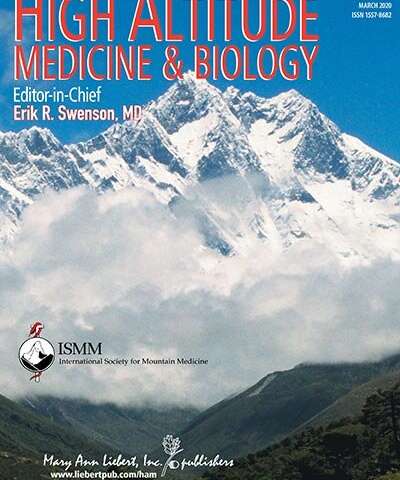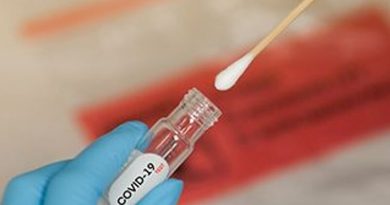Lung injury in COVID-19 is not high altitude pulmonary edema

A group of researchers with experience in treating high altitude pulmonary edema (HAPE) have written to correct the misconception in medical social media forums and elsewhere that the lung injury seen in COVID-19 is not like typical acute respiratory distress syndrome (ARDS) and is instead like HAPE. COVID-19 lung injury is not like HAPE, and treating it like HAPE could have adverse effects on patient outcomes, according to an article published in High Altitude Medicine & Biology.
The article entitled “COVID-19 Lung Injury Is Not High Altitude Pulmonary Edema” is coauthored by Andrew M. Luks, MD, University of Washington, Seattle, and colleagues from Himalayan Rescue Association, Intermountain Medical Center (Salt Lake City, UT), University of Utah, Salt Lake City, St. Mary’s Medical Center, San Francisco (CA), VA Puget Sound Health Care System, Seattle, and University of Colorado Anschutz Medical Campus (Aurora).
The researchers discuss the similarities between HAPE and ARDS, and also highlight the differences between them. ARDS in COVID-19 occurs as a result of an inflammatory response to the presence of the virus, whereas HAPE does not occur as a result of underlying inflammation, but rather as a result of excessive and uneven hypoxic pulmonary vasoconstriction. Understanding the different mechanisms of HAPE and ARDS is critical for patient management because the treatment for each will be quite different. Long-term supportive care including mechanical ventilation may be needed to overcome the underlying inflammation in COVID-19.
Source: Read Full Article



